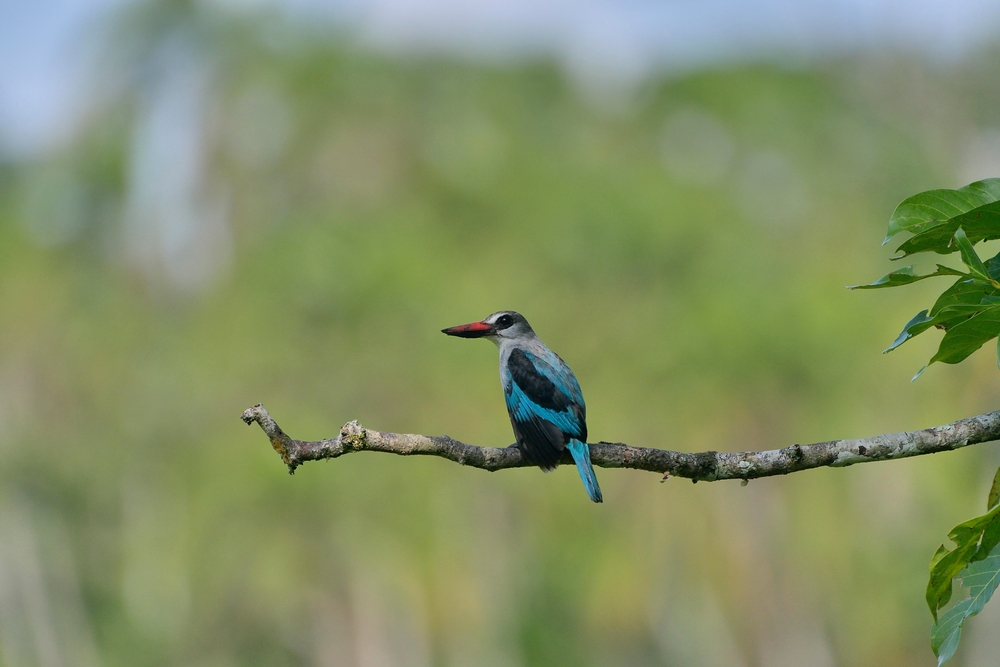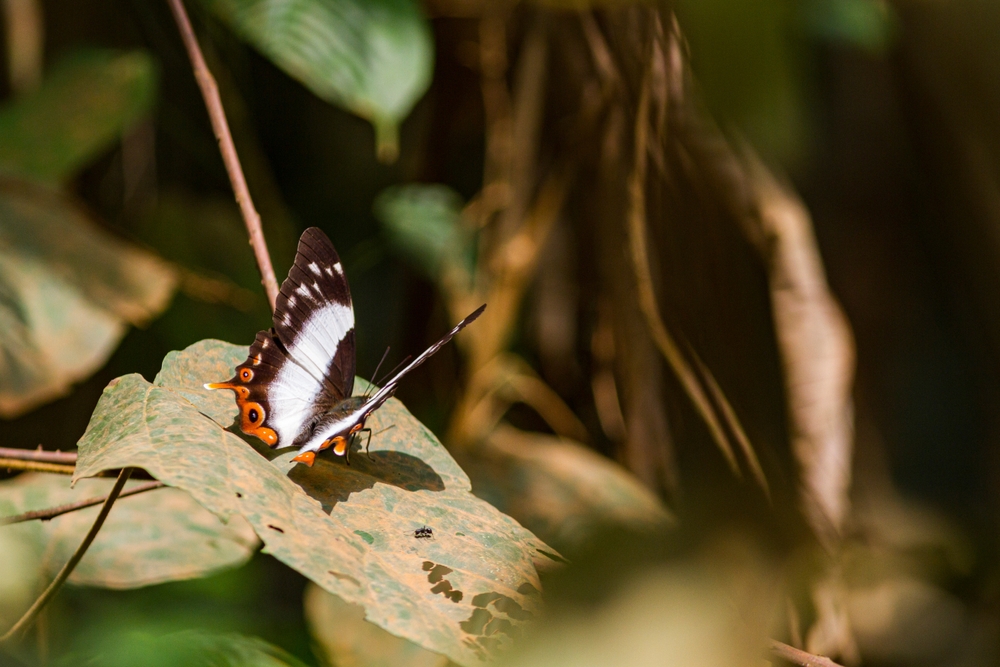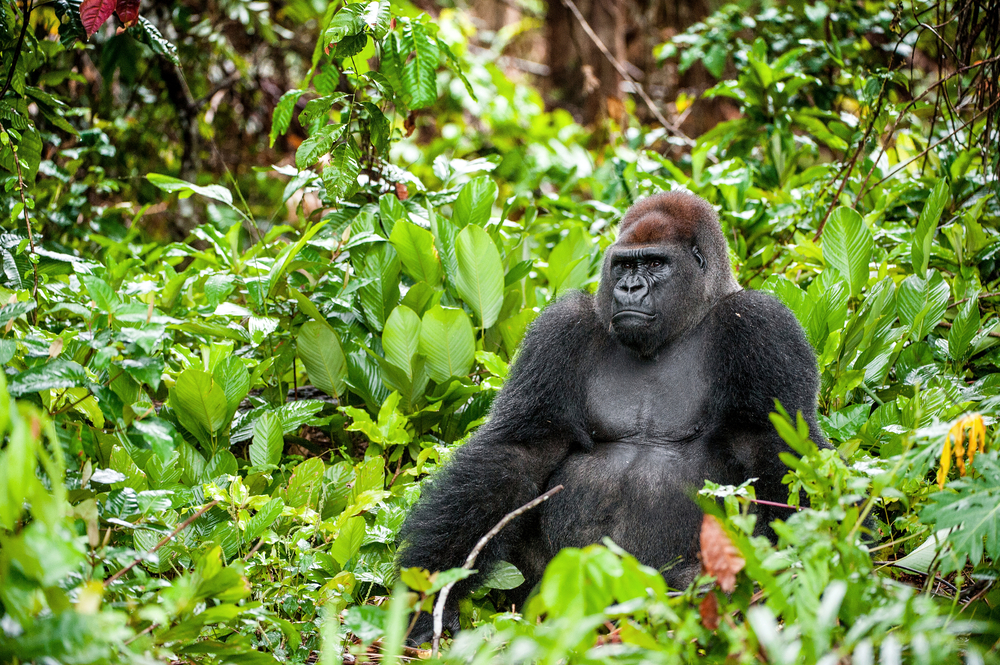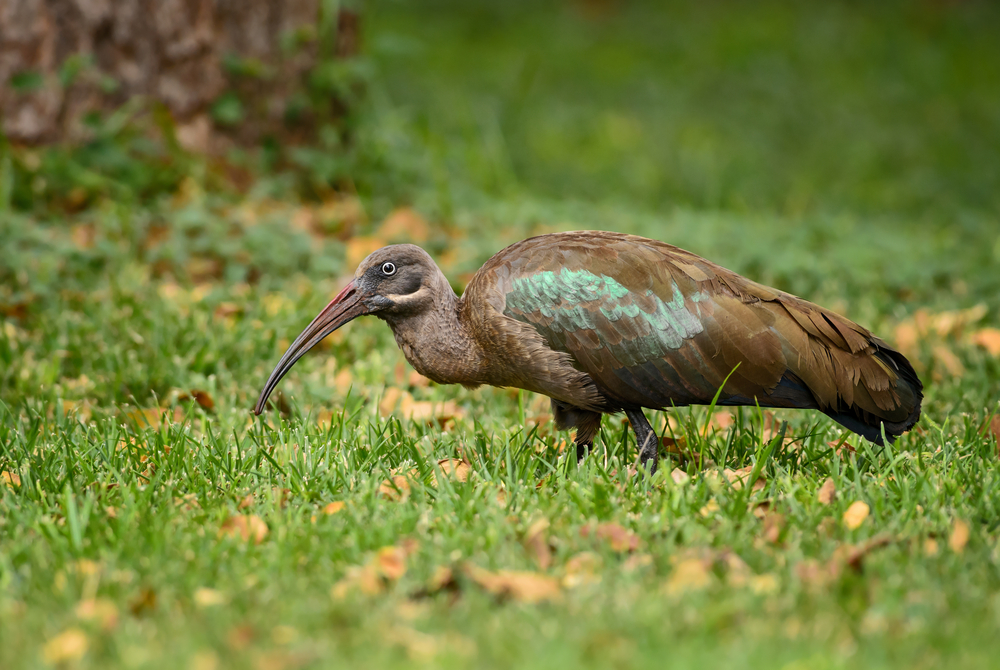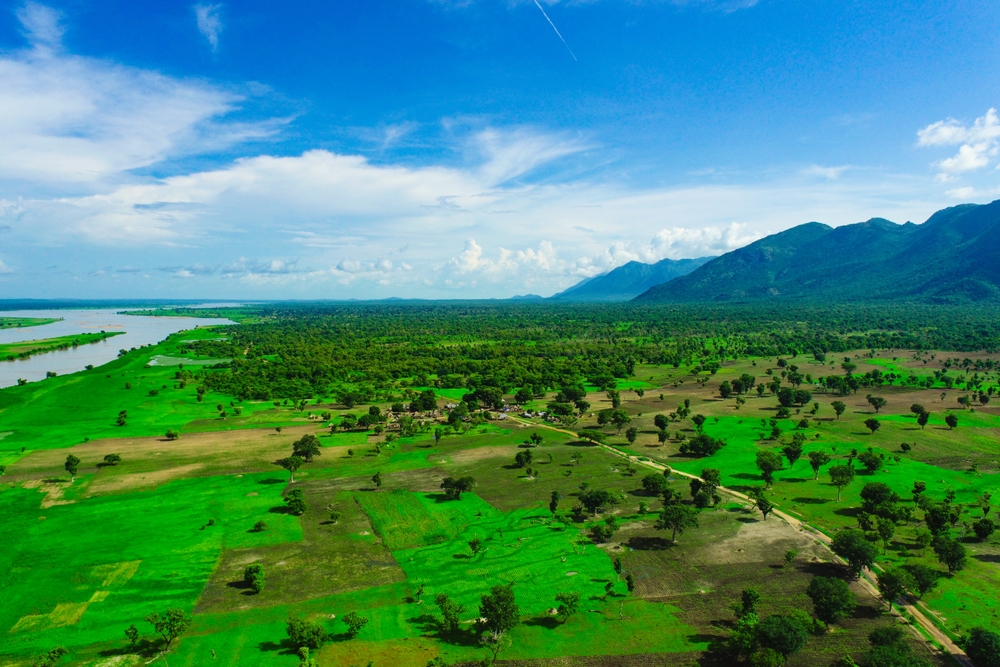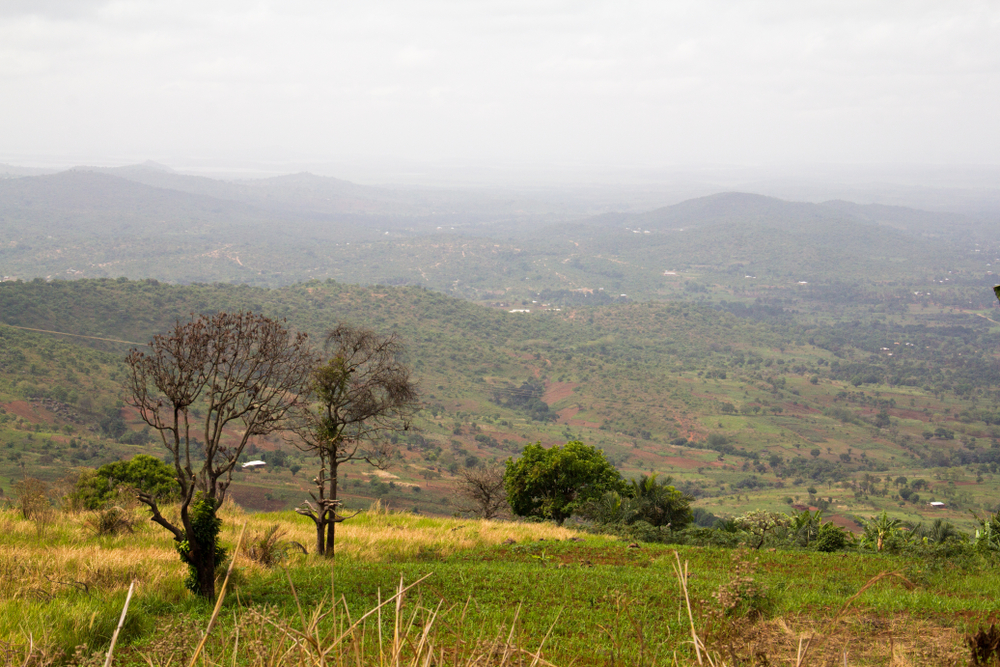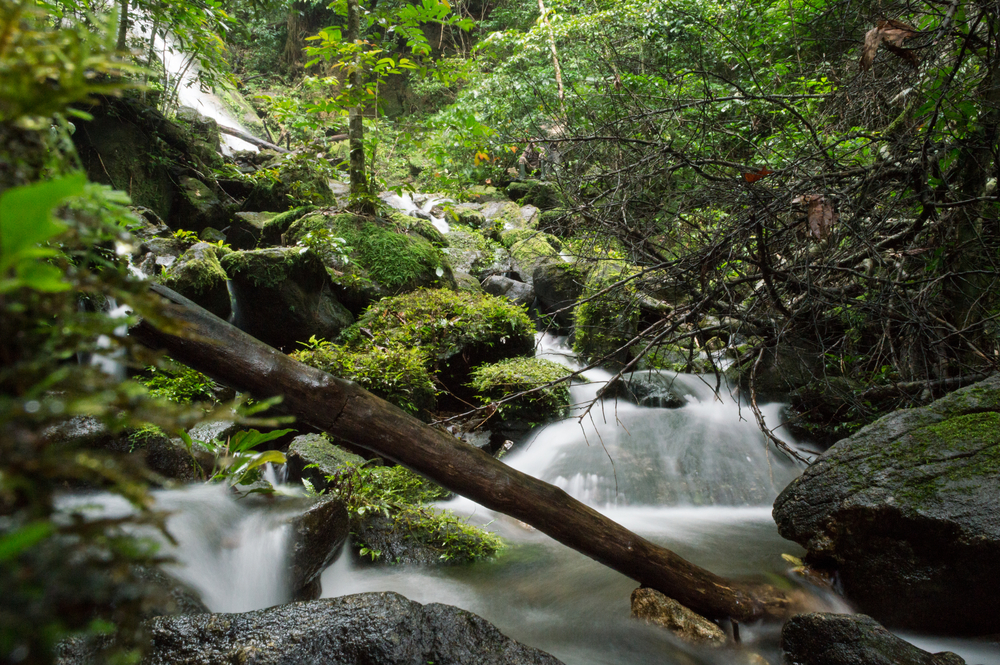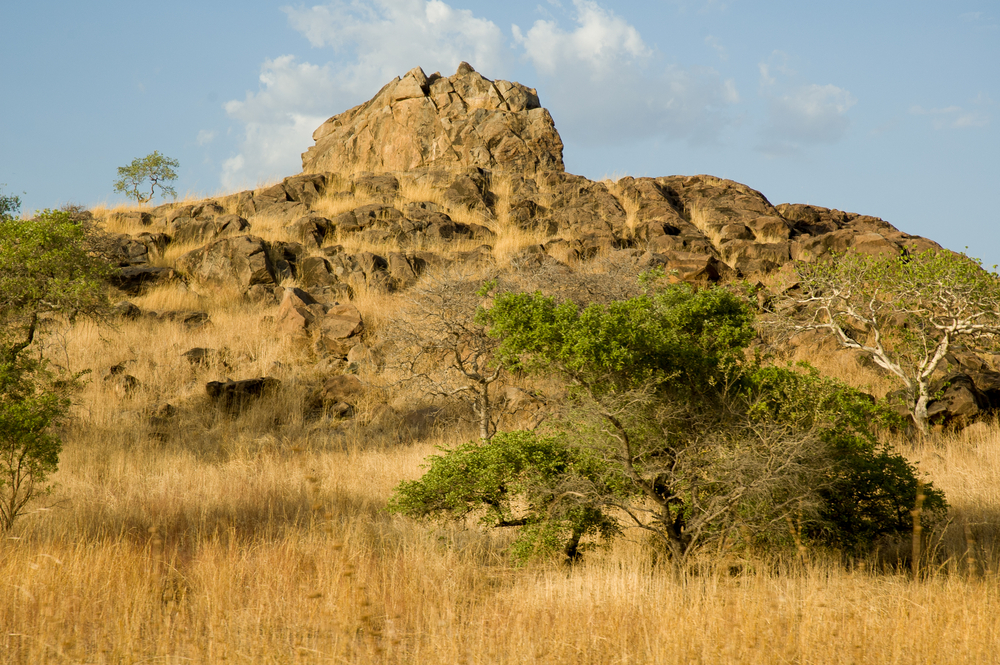Lobéké Overview
Lobéké National Park, locally known as “Parc National de Lobéké”, is a vital conservation area located in the southeastern corner of Cameroon, near the borders of the Central African Republic and the Republic of Congo. Spanning approximately 2,150 square kilometers (830 square miles), it is part of the Congo Basin’s Tri-National de la Sangha (TNS) transboundary conservation initiative. Established in 2001, the park is renowned for its rich biodiversity and unique ecosystems, making it a critical refuge for wildlife and a key component of global conservation efforts.
The terrain of Lobéké National Park is predominantly lowland tropical rainforest, interspersed with swamps, river systems, and forest clearings known as “bais”—natural salt licks that attract a wide variety of wildlife. These clearings are some of the park’s most iconic features, offering visitors unparalleled opportunities to observe animals in their natural habitat. The park’s dense forests are characterized by towering hardwood trees, lush undergrowth, and an intricate network of rivers and streams that support its diverse ecosystems.
Lobéké is home to an extraordinary array of wildlife, including some of Africa’s most iconic and endangered species. Forest elephants, western lowland gorillas, and chimpanzees are among the park’s flagship species. Other notable mammals include leopards, giant pangolins, and bongos. The park is also a birdwatcher’s paradise, with species such as African grey parrots, hornbills, and turacos thriving in its forests. Reptiles, amphibians, and a wealth of invertebrates further contribute to the park’s ecological richness.
Visitors to Lobéké National Park can engage with its natural beauty through guided treks, wildlife observation, and eco-tourism activities centered around the forest clearings. The bais offer prime opportunities to observe elephants, gorillas, and other animals as they gather to feed on mineral-rich soil. Birdwatching is another highlight, with a chance to spot rare and colorful species in their natural habitats. River excursions and camping experiences allow visitors to immerse themselves in the park’s pristine wilderness. Additionally, interactions with indigenous Baka communities provide cultural enrichment, offering insights into traditional forest-based lifestyles and sustainable practices.
Despite its ecological and cultural significance, Lobéké National Park faces numerous challenges. Poaching, particularly for bushmeat and ivory, poses a severe threat to its wildlife. Logging and agricultural expansion encroach on the park’s boundaries, leading to habitat degradation. Climate change and the illegal wildlife trade further exacerbate these pressures. Conservation efforts led by the Cameroonian government, in collaboration with international organizations, focus on anti-poaching patrols, habitat restoration, and community-based initiatives. The park’s inclusion in the TNS initiative promotes cross-border collaboration, enhancing conservation outcomes across the region.
Lobéké National Park is a cornerstone of Cameroon’s natural heritage and a critical player in global biodiversity conservation. Its dense rainforests, unique wildlife, and cultural connections make it an invaluable resource for eco-tourism and scientific research. Protecting Lobéké ensures the survival of its ecosystems and supports broader efforts to preserve the Congo Basin’s ecological legacy for future generations.








































































